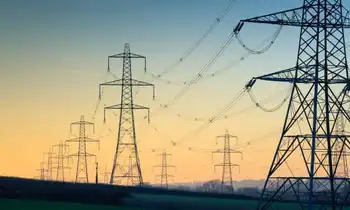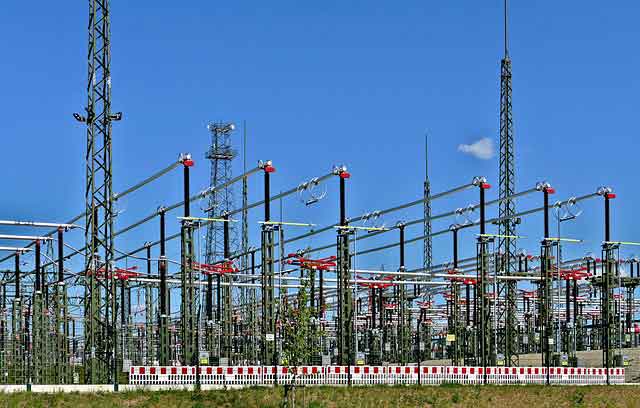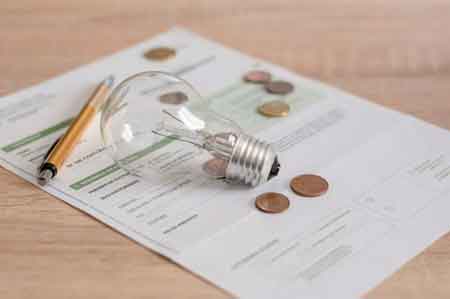Atlantic City plans largest solar roof
By Associated Press
Arc Flash Training CSA Z462 - Electrical Safety Essentials
Our customized live online or in‑person group training can be delivered to your staff at your location.

- Live Online
- 6 hours Instructor-led
- Group Training Available
Under a 20-year agreement, the center is hiring a private company, Pepco Energy Services of Arlington, Va., to install the solar panels on 290,000 square feet — or about two-thirds — of its main roof.
Pepco will pay to install the panels; the convention center will then buy the electricity they generate from Pepco.
The center says it will save about $4.4 million in electricity costs over the 20-year contract, while also reducing greenhouse gases and helping the environment. It currently spends about $1.4 million a year on electricity.
The project will generate about 2.36 megawatts of energy, or enough to power 280 homes each day for a year. That would make it the largest solar energy project in the country involving a single rooftop, said Monique Hanis, a spokeswoman for the Solar Energy Industries Association.
Jeffrey Vasser, executive director of the Atlantic City Convention & Visitors Authority, said the group began planning a solar project a few years ago when Gov. Jon S. Corzine pushed for greater use of sun and wind power in New Jersey.
"We have a great building to do this on, and we wanted to be the first kid on the block to get in on it," Vasser said.
David Weiss, president of Pepco's energy services division, said renewable energy projects like the one in Atlantic City are "a great thing for the environment and the energy security of the country."
"This helps a young industry grow into a mature one, helps reduce our dependence on oil, and produces electricity that does not increase carbon emissions into the air," he said.
He would not say how much it will cost to install the panels other than to say it is "a multimillion-dollar project."
The work is expected to begin within 30 days and be completed by the end of the year. That's important because it would qualify Pepco for tax incentives for solar projects that are due to expire next year.
Public-private arrangements like this one are common across the country, but in Oregon, a power company has asked regulators to decide whether third-party deals that allow businesses to cut their tax bills by selling power to public entities violate utility laws.
The largest previously announced single-roof project in the United States is a 2.3-megawatt system being built by Toyota Motor Sales, in Ontario, Ca.
Other comparable projects include a 2-megawatt project at Tesco USA's grocery distribution center in Riverside, Ca., and 2-megawatt airport power projects in Denver and Fresno, Ca.
There are larger solar energy projects around the country that involve more than one building.
The 13,321 photovoltaic panels to be used in the Atlantic City project will generate electricity directly from sunlight by an electronic process that occurs naturally in certain types of material. Electrons in certain types of crystals are freed by solar energy, and can be made to travel through an electrical circuit, according to the solar association.
Currently, solar energy accounts for only 1 percent of U.S. energy use, the association said.
The convention and visitors authority also is looking into the possibility of building a single wind-powered turbine on land it owns near the center, as well as whether a solar project would work on part of Boardwalk Hall.











